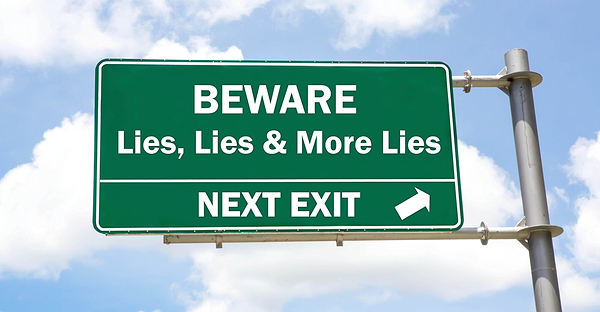By John Kuraoka
I hear a lot of talk about “advertising strategy” in my work as an advertising copywriter and freelance creative director. Unfortunately, that’s all most of it is: talk.
There’s an old military maxim: “amateurs discuss strategy; experts discuss logistics.” In other words, the best strategy in the world won’t bring victory if you can’t get your forces into place at the right time and sustain them once there.
That’s the challenge of strategic planning, be it military or marketing. The most-effective advertising strategy is that which is practical and sustainable, in order to be implemented and sustained in the marketplace. Otherwise, it’s not a strategy; it’s a fantasy.
Strategy = concept. Tactics = action. Logistics = everything in between. In an academic sense, advertising strategy encompasses the target audience and the key message, but does not dictate the tactics used to deliver that key message to the target audience. Here in the real world, however, what is practical and sustainable must affect strategic planning.
The need for a strategy to be sustained in order to be successful puts the lie to such things as an “annual advertising strategy.” Although effective tactical implementation demands flexibility, odds are the best advertising strategy this year (barring massive changes in the competitive marketplace) is to continue last year’s strategy. The break in continuity – with the market, customers, and employees – that accompanies a change in strategy is often the most-influential factor in the failure of new ad campaigns and re-branding initiatives.
What’s wrong with advertising strategy today
The art of advertising strategy suffers today from having learned the wrong lessons during the go-go 1990s, when even silly copywriting based on stupid marketing made tons of money. Almost any advertising strategy worked, mostly because Other People’s Money (remember “OPM?”) was thrown freely and relentlessly behind it, not a half-bad strategy in itself, if you can afford it. The same advertising and marketing people responsible for that recklessness are now older, more-senior, but in many cases no wiser – and they’re sitting in their corner offices wondering why the same trick doesn’t work any more. They forget (or, worse, never knew) that its working once was a fluke, a convergence of consumer confidence and corporate con games.
On strategy, logistics, budgets, and advertising copywriters
The result of all that corporate tomfoolery, is that few people can recognize when an ad strategy is untenable. For example, there’s a growing tendency among copywriters to create clever little slogans as substitutes for branding. This simplistic approach could be characterized as battle cries without a battle line, smoke without fire. Such an approach can actually work if executed in the face of strategically weak competition and backed with a big enough ad budget. (Contrary to popular belief, the simpler the message, the more frequency it requires to be effective.)
There’s also a tendency among advertising people (including many creative directors and copywriters) to gravitate toward strategies that demand a big-budget multi-media approach. Not because it’s the right recommendation, mind you, but because it appeals to their own vanity (to say nothing of their media commission).
Clients, too, are seduced by the Big Splash approach. A multi-million-dollar advertising strategy based on a spiffy new slogan sounds great in the boardroom and plays
well in the trade press (“we’re re-branding with television commercials – aren’t we wonderful!”). But, if the reality is a quarter-million-dollar ad budget, then that ad strategy will fail. Key parts of the ad campaign will be eliminated or compromised, reducing reach, frequency, and effectiveness. The level of advertising will be unsustainable through the year. Silently, without fanfare or press releases, the brand momentum will vanish.
Everyone associated with the advertising and marketing will cite “reduction in ad spending” or “the economy” as reasons for the failure. In fact, the failure occurred long before the ads ran, because it was a failure on a strategic level: the failure to develop an ad campaign that was (here are those words again) practical and sustainable.
The irony is that a quarter-million-dollar advertising budget could, with the right ad strategy, pose an effective challenge to a competitive multi-million-dollar ad budget.
Among big budget advertisers, there’s a lot of mediocre ad strategy that is effective in spite of itself due to sheer reach and frequency, a case of tactical volume
overcoming strategic deficiency. Modeling your own advertising strategy on such examples is unwise. It is smarter, and more-economical, and, in the long run more-successful, to think about your operational limits before you start thinking about advertising strategy. Your time, your budget, your resources, your available media. Then, knowing those logistical considerations, you can develop an advertising strategy you can afford to implement and sustain; an advertising strategy that doesn’t just look good on paper, but also works well in real life. After all, real life is the only test of advertising strategy, advertising logistics, and advertising copywriting.






